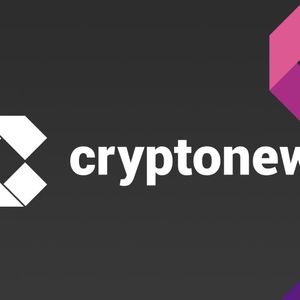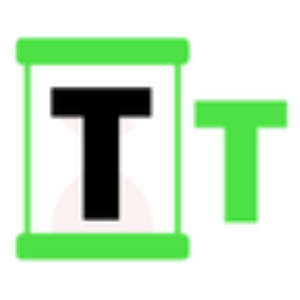Tether in the spotlight amid claims of using borrowed money to back USDT
3 min read
A recent viral thread by crypto analyst Deso has thrust Tether, the issuer of the world’s largest stablecoin USDT, under intense scrutiny for allegedly relying on borrowed funds rather than real US dollars to maintain its dollar peg. Tether’s promise of a one-to-one backing with the US dollar has underpinned trillions of dollars in trading volume across centralised exchanges and decentralised finance platforms, earning it a reputation as the bedrock of crypto liquidity. However, Deso’s analysis challenges this bedrock by suggesting that instead of genuine reserves, Tether may be using a financial gymnastics routine involving loans and derivative loops to prop up the peg. The allegations on Tether According to Deso, certain trading firms are at the heart of this alleged scheme, borrowing funds to purchase USDT, converting it into high-demand cryptocurrencies such as Bitcoin (BTC), and then selling those assets back into dollars to continue the cycle. The key players named in Deso’s exposé—Abraxas, Cumberland, and Wintermute—are portrayed as indispensable cogs in a mechanism that depends on ever-rising crypto prices and perpetual demand for USDT. Deso warns that if market sentiment cools or cryptocurrency valuations drop, the loop could rupture, leaving lenders scrambling to recoup their funds and threatening a cascade of liquidations. By likening the purported process to a Ponzi-like structure, Deso underscores the potential systemic risk posed not only to Tether but to the broader crypto ecosystem that hinges on USDT’s stability. Adding to the intrigue is Tether’s plans of relocating its headquarters to El Salvador , a jurisdiction lacking an extradition treaty with the United States, which Deso highlights as a possible effort to sidestep regulatory scrutiny. Blockchain intelligence firm Arkham has been cited by Deso for tracking over $150 billion in USDT allegedly controlled by Tether co-founder Giancarlo Devasini, raising questions about the concentration of power and transparency. The intensifying stablecoin scrutiny around the world These revelations arrive at a time when regulators globally are intensifying their focus on stablecoins, scrutinising whether issuers hold sufficient liquid assets to honour redemptions at par value. In the United States, the potential passage of comprehensive stablecoin legislation could force Tether and its peers to maintain stricter reserve standards and undergo regular audits. Meanwhile, Tether has traditionally resisted full public audits, opting instead to publish periodic attestations from third-party accountants, a practice that critics argue lacks the rigour of a comprehensive audit. Tether’s management has repeatedly asserted that every USDT is backed by equivalent reserves, including commercial paper, fiduciary deposits, and cash equivalents, but specifics remain opaque. As the debate over reserve quality intensifies, market participants are closely monitoring whether USDT will continue to command its usual premium over other stablecoins or suffer discounting on peer-to-peer platforms. The prospect of a significant devaluation in USDT could trigger margin calls, forced liquidations, and liquidity shortages, with ripple effects across exchanges and DeFi protocols that rely heavily on USDT liquidity pools. Investor confidence in USDT is further complicated by its central role in trading pairs for emerging tokens, meaning any disruption in USDT stability could curtail access to vast swaths of the crypto market. In response to Deso’s allegations, Tether representatives may choose to provide more detailed breakdowns of reserve composition or submit to an independent, full-scope audit to allay fears. Should Tether successfully demonstrate that its reserves are robust and liquid, it could reinforce the stablecoin’s primacy and avert a potential crisis of confidence. Conversely, if the accusations prove accurate or even partially substantiated, USDT could face redemptions at a premium, driving users to seek alternatives like USDC or BUSD. Such a shift could fragment stablecoin liquidity, diminish trading volumes, and drive up transaction costs across major exchanges that currently depend on USDT’s ubiquity. Moreover, a convulsion within Tether’s reserve structure could embolden regulators to impose harsher constraints on stablecoin issuers, potentially slowing innovation in the fast-evolving decentralised finance (DeFi) space. The post Tether in the spotlight amid claims of using borrowed money to back USDT appeared first on Invezz

Source: Invezz



